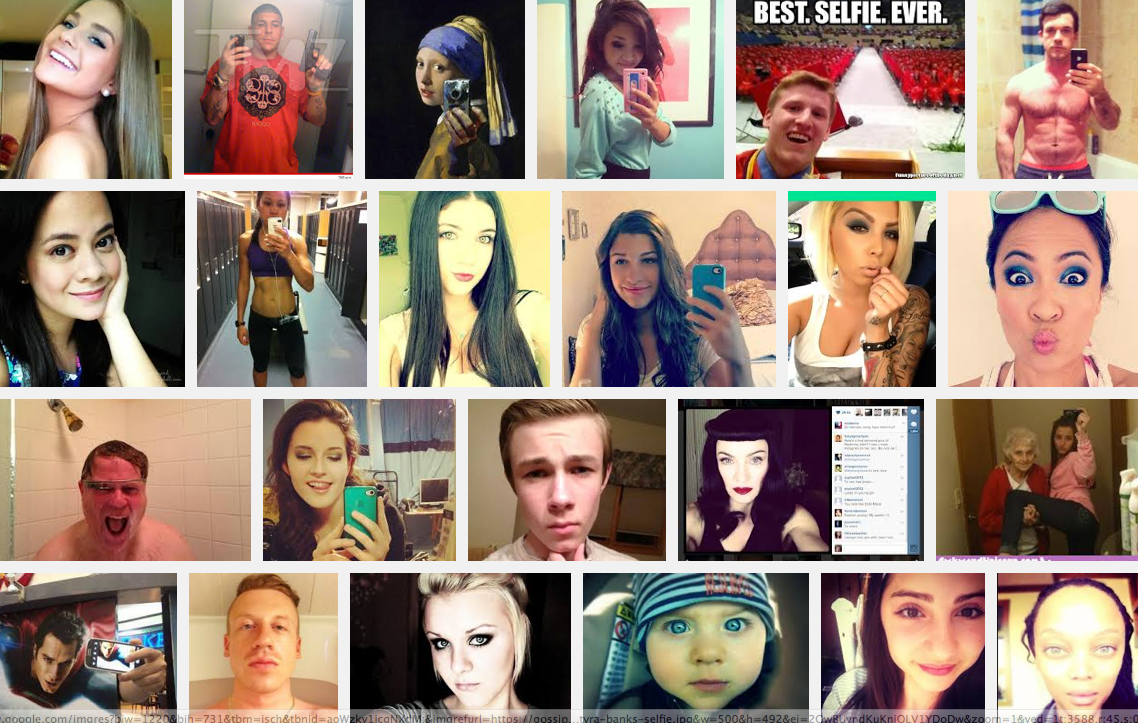
A parade of tourists is going to walk past your store today. Each is a separate opportunity for you to tell a story, to engage, to make a sale.
A connected community of readers is going to read what you wrote today. A cultural shift will occur among a small group of people because they will share, discuss and engage with each other about what you wrote.
Here’s the key question: are you trying to change an individual or are you trying to incite/inspire/redirect the tribe?
Direct marketers traditionally deal with separate events. Each catalog, each clickable ad is a unique transaction. In the world of separates, the simple test makes sense. You don’t pollute the pool when you try different transactions or different products with different people.

 A luxury good gets its value from its lack of utility and value. A typical consumer would look at what it costs and what it does and say, “that’s ridiculous.”
A luxury good gets its value from its lack of utility and value. A typical consumer would look at what it costs and what it does and say, “that’s ridiculous.” Social adoption rates are rocketing and the impact of social networking within society continues to grow. But surprisingly enough, there are many in the business to business marketing sphere who still don’t “get” it. With this in mind I recently put together a fast moving and to the point keynote presentation to open the eyes of B2B salesforces and socially energize them!
Social adoption rates are rocketing and the impact of social networking within society continues to grow. But surprisingly enough, there are many in the business to business marketing sphere who still don’t “get” it. With this in mind I recently put together a fast moving and to the point keynote presentation to open the eyes of B2B salesforces and socially energize them!




